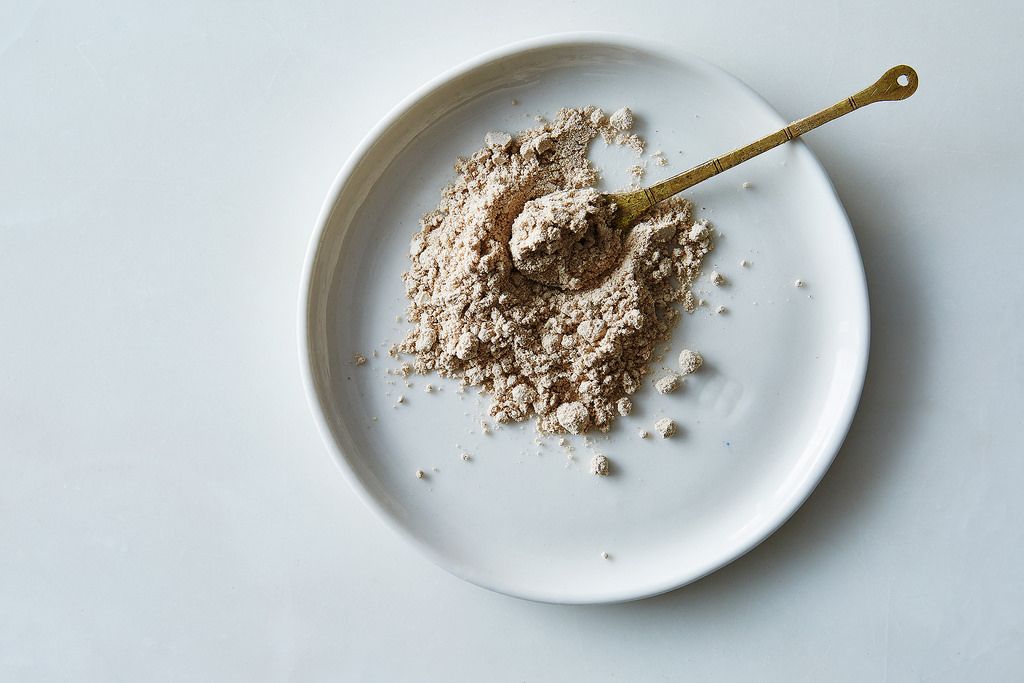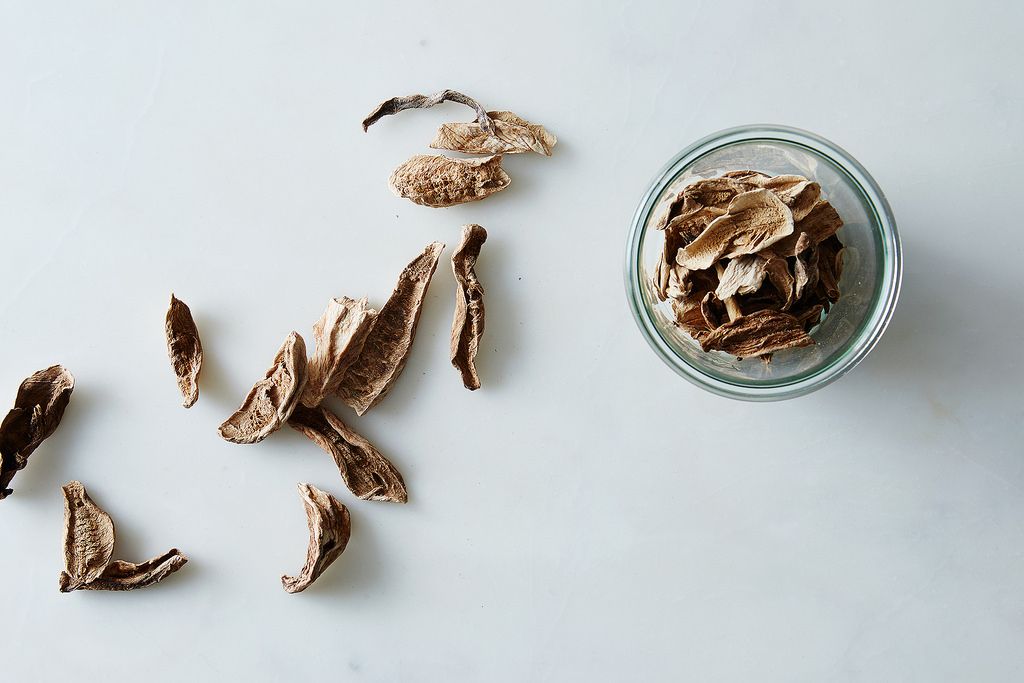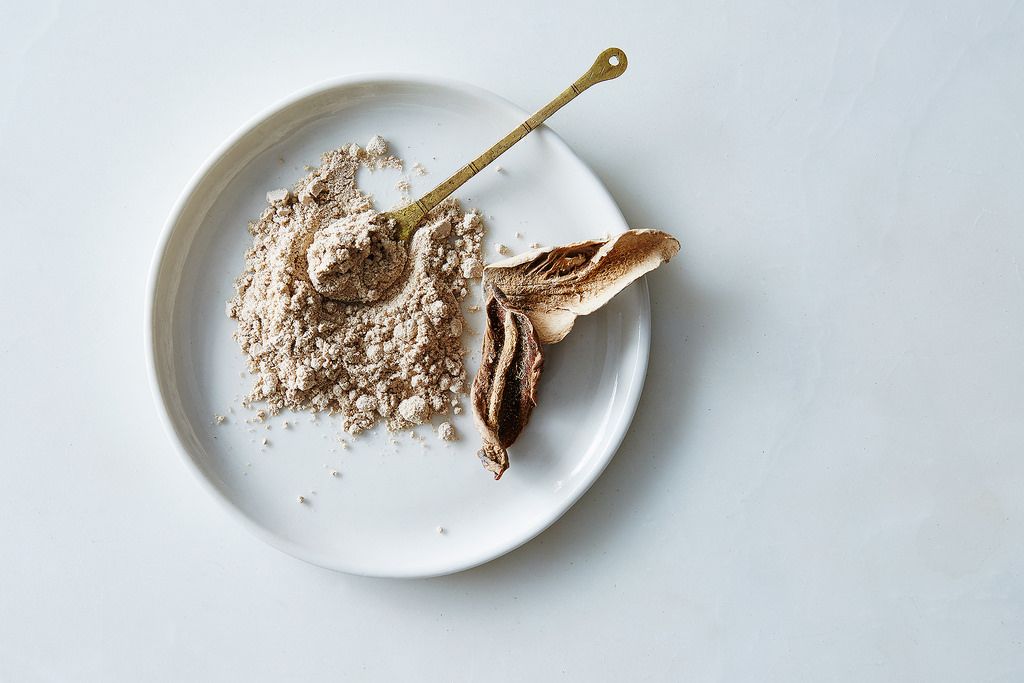Popular on Food52
Continue After Advertisement
12 Comments
Robert H.
July 5, 2016
Are the slices dried with the skin on or off? If on is the skin discarded at anytime, or is it also ground up?
Kara
March 18, 2016
Can you make this without a food dehydrator? Is it possible to make it using an oven?
Panfusine
March 18, 2016
I would slice the mango really thin (using a mandoline) and then place them in a single layer on a baking sheet and dry it out at about 175 - 200 F for a couple of hours until it curls up and dries out.
Candi
March 9, 2016
This sounds so good. It's going on my list for my next visit to my local Indian food store. Thanks for all the comments and the article.
MrTiro
August 24, 2015
I've had good luck using amchur as a dry alternative to lemon juice, especially in things like hummus' and black bean dips. It comes in handy when I have everything I need except lemon juice and I don't want to make a trip to the store.
Alex T.
August 22, 2015
I use dried mango powder with vegetable samosa , and it does cleanse the palate, I like it.
Sarah S.
August 19, 2015
Oh, thank you for this article! I bought aamchur at our local Indian market because it sounded great without really knowing what it was for. I didn't realize how large of an amount it really was, so I am stoked for new ideas of how to use it. I've used it wherever I might use lemon in cooking- to brighten up any number of dishes. I haven't tried it on seafood yet- that sounds brilliant, and on corn!
Panfusine
August 19, 2015
The mangoes selected for aamchur were usually the variety of fruits (given that there are too many varieties to keep an accurate track of in India) that did not make good candidates for fruits - too stringy, or not enough flesh on the ripe ones.
Robert H.
July 5, 2016
Stringy makes it sound like Turpentine mangoes, not too much for eating outright because they are stringy.




See what other Food52 readers are saying.